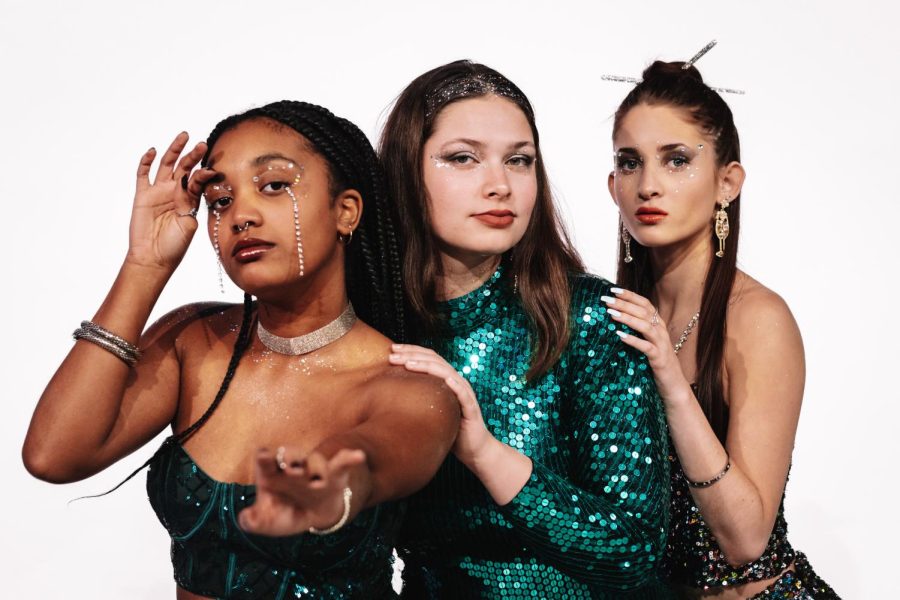Diamond Of The First Water
May 22, 2023
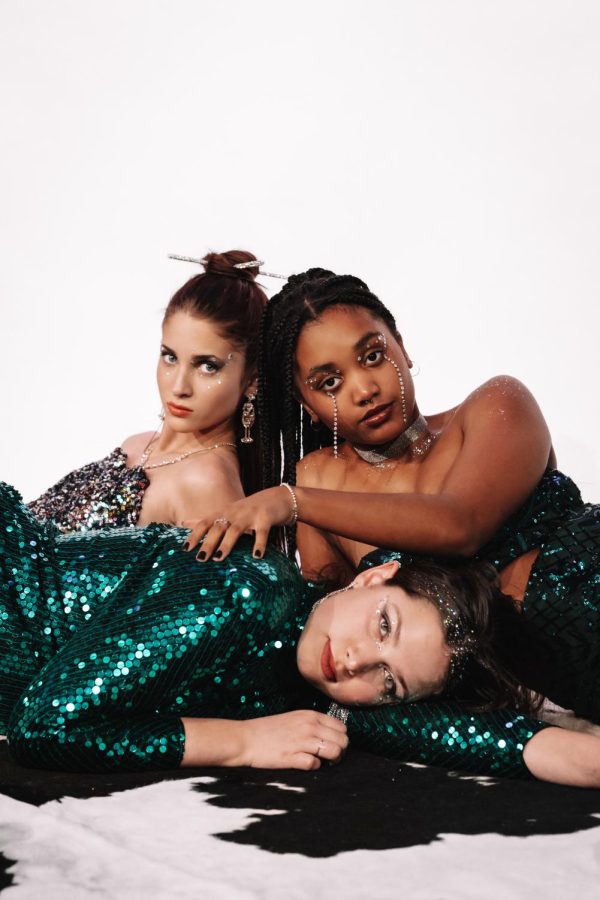
Director: Hailey Knapp
Photographer: Madison Taylor
Models: Hailey Flick, Jordyn Ferris, and Laurel Brown
Editor’s Note: This column does not represent the opinion of DAMchic. This is a column and therefore reflects the personal opinions of the writer.
“The Diamond of the First Water” is a saying that essentially describes the perfect woman. A woman to be desired by all men.
The phrase was brought to popularity by Netflix’s hit show “Bridgterton” which chronicles the debut of multiple young women to the competitive marriage market of the early 1800s. Although a fictitious show, there is some truth to the practices used. One of the first scenes shown in the pilot episode is of two maids pulling a corset tighter on a young girl who complains that she can’t breathe. Her mom can be heard saying she was able to squeeze her waist into “the size of an orange and a half” when she was her daughter’s age.
The corset was a popular practice of the victorian era despite the health consequences.
“In a male dominated society, conforming to the norms and rules driven by men but also in some ways supported by some women, women did what they were told to conform,” said Oregon State University Professor and Director of the General Psychology Program, Regan Gurung. “Mothers made sure daughters wore the corset to make sure the family looked good and the family name was pristine.”
The corset is a perfect example of clothing that is made to constrict and restrain the movement of women yet still fit into the needs of the male gaze.
“As a consequence [of appealing to the male gaze], women engage in horizontal hostility toward one another; judging what other women are wearing, labeling them based on their clothing,” said Tessa Ashford, OSU human development and family sciences instructor. “This hostility aligns women with the oppressor and does nothing to move women forward in reclaiming their personal power. You would think the treatment of women through clothing in the early 1800s compared to 2023 would be vastly different, but you’d be wrong. We are still continuously supporting the oppression of our own bodies through fashion.”
Don’t get me wrong, I would be the first person to tell you I love fashion and I don’t think clothing is in any way our enemy. It can be an amazing tool for self-expression and personally, I believe it is an art form all on its own. However, just look at the different standards between men and women.
Ashford also added “consider all the ‘extras’ women are expected to participate in to be considered ‘sexy’ – removing body hair, make-up, push-up bras, thong underwear, eyelash extensions, nail polish, high heels, the ‘perfect’ figure, and so on.”
Placing this value in ourselves solely on our bodies and ability to meet trends formed for the male gaze can be so damaging to women’s overall well-being.
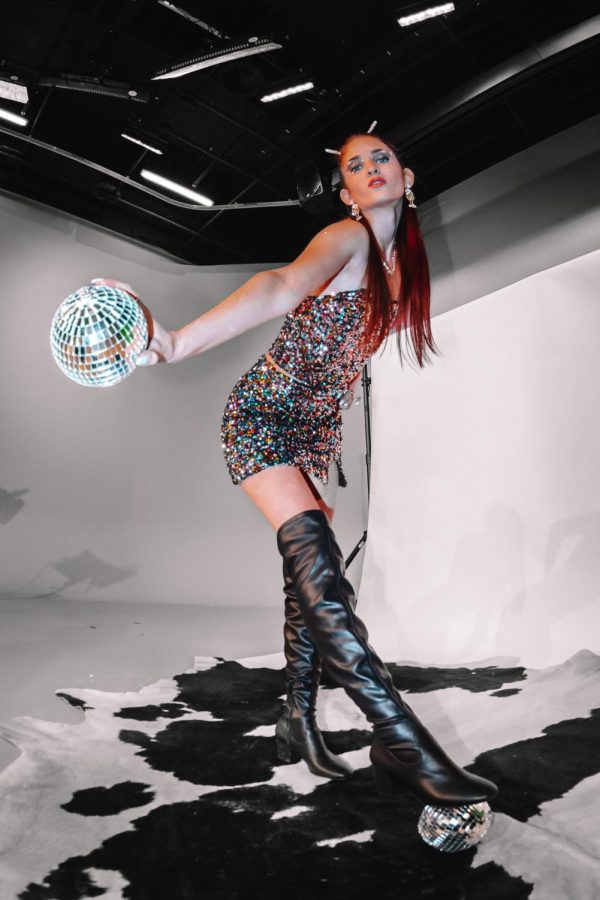
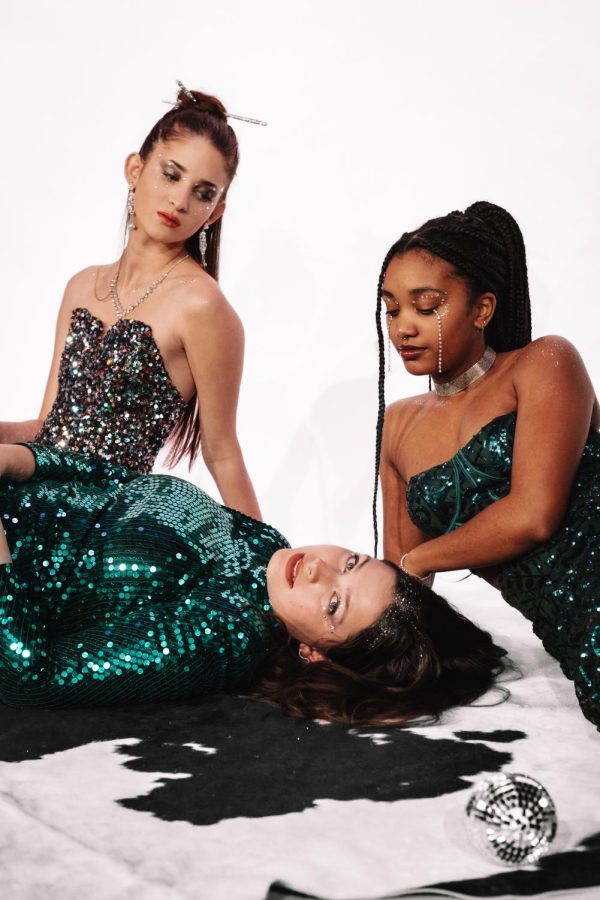
“It’s a very confusing and ever-changing fine line to walk. Perfecting this tightrope can create anxiety, shame, depression, ” stated Ashford.
This need for perfection is the reason that Spanks is a 1.2 billion dollar company, according to Forbes. It’s the reason why women’s toes are warped from years of high-heel wearing. It’s the reason women look to influencers and supermodels such as Bella Hadid to tell them how they should look, dress, and act. There is no room for imperfection. I believe the confidence levels in women compared to men is a direct reflection of this.
“Certainly, men also experience this self-doubt, but it doesn’t tend to get in the way as much as it does for women,” Ashford said. “Lack of confidence prevents women from speaking up in class, asking for raises, applying for jobs they are qualified for, and moving confidently through space. These are very really life-long consequences and can become a self-perpetuating cycle.”
I’d like to imagine a world where women dress for fun and expression and the clothing they wear does not cause them to be seen as less powerful or more likely to be objectified. However, this is a hard reality to imagine. Ashford worded this best.
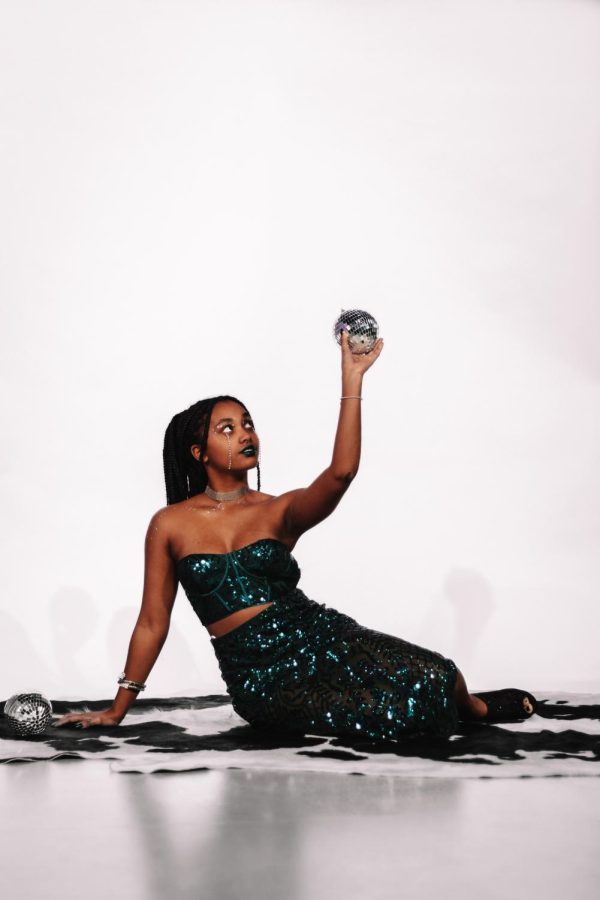
“For these pressures to be totally removed, we’d have to live in a world that wasn’t run by the patriarchy,” Ashford said. “Even then, it would take several generations for each subsequent generation of women to reclaim their own sexuality and personal power.”
But who’s to say we can’t make small changes?
We can base our clothing choices on what makes us feel good, consume more feminist media, try to bring other women up, and try to stop ourselves from unconsciously judging others based on the clothing they’re wearing.
I’ve always had a love for fashion but there was a point where this relationship was doing more harm than good. It wasn’t until I began wearing what makes me feel good mentally and physically that I began to really understand how to use style as a tool for my own well being. It was at this point that I went through my closet and ditched the items that did not serve me. No more spanks, no more “too tight jeans” that I kept because they were on trend, no more bras that didn’t fit me, I’d had enough. I began exploring funky patterns, bold colors, and materials such as suede or faux fur. I found that when I dressed for myself confidence was much easier to come by.
Fashion is not meant to constrict, restrain, or objectify. Fashion is meant to express, compliment, and create. You don’t have to be a diamond to be valued because the truth is, perfection is a myth.
“Our bodies house us and we have the right to feel comfortable in our home,” said Ashford.


